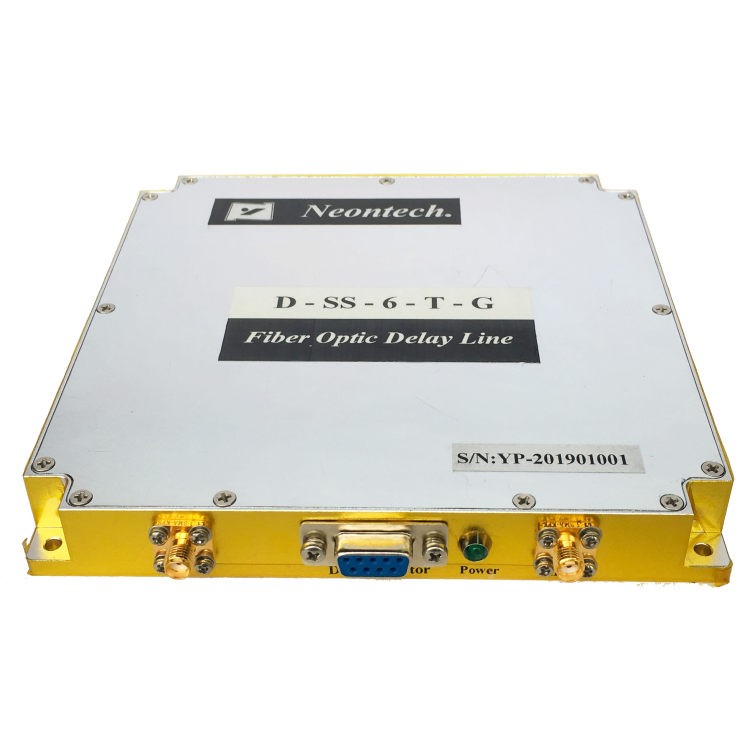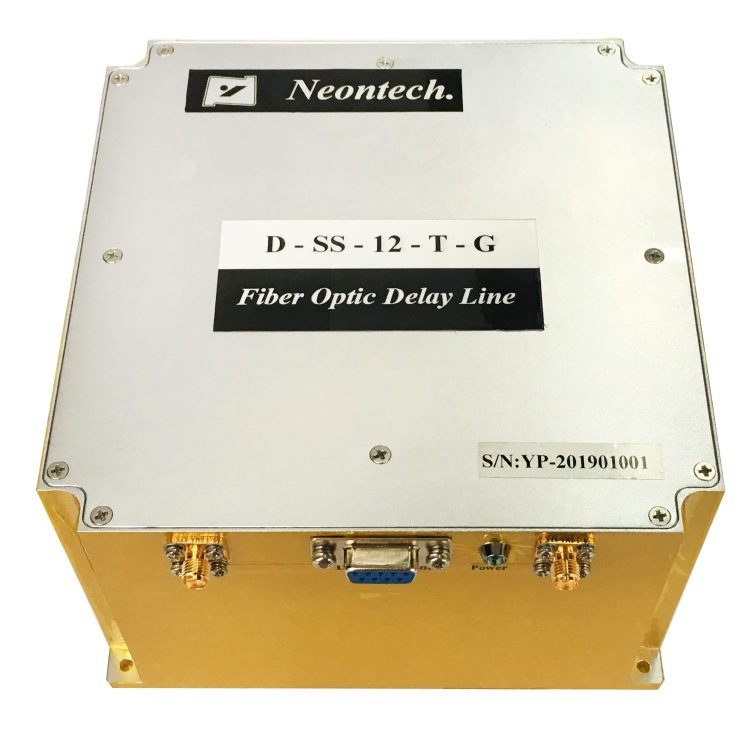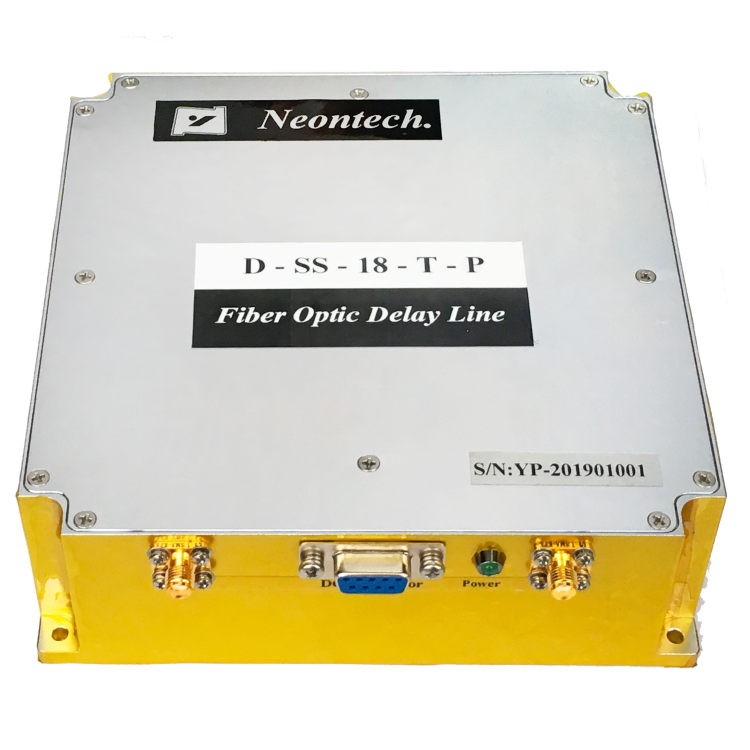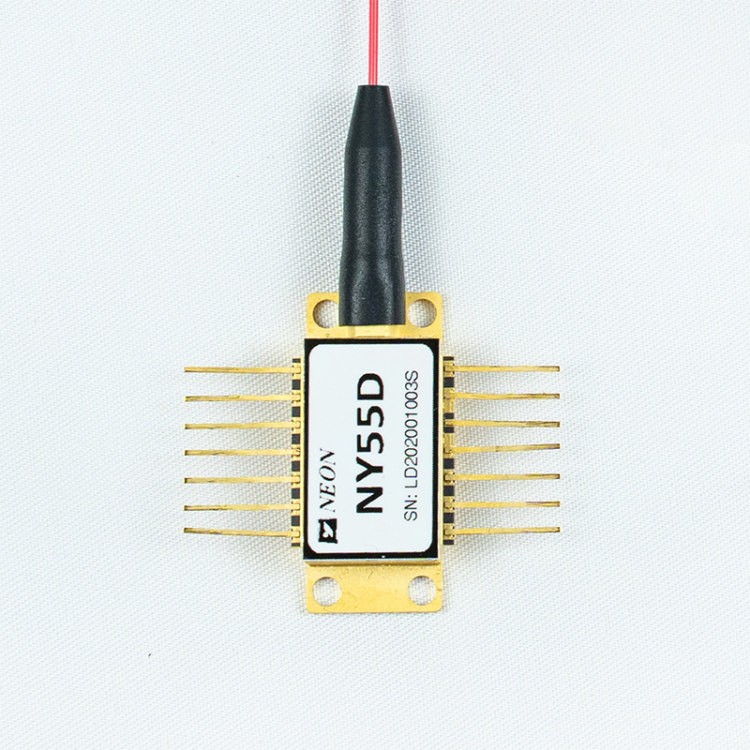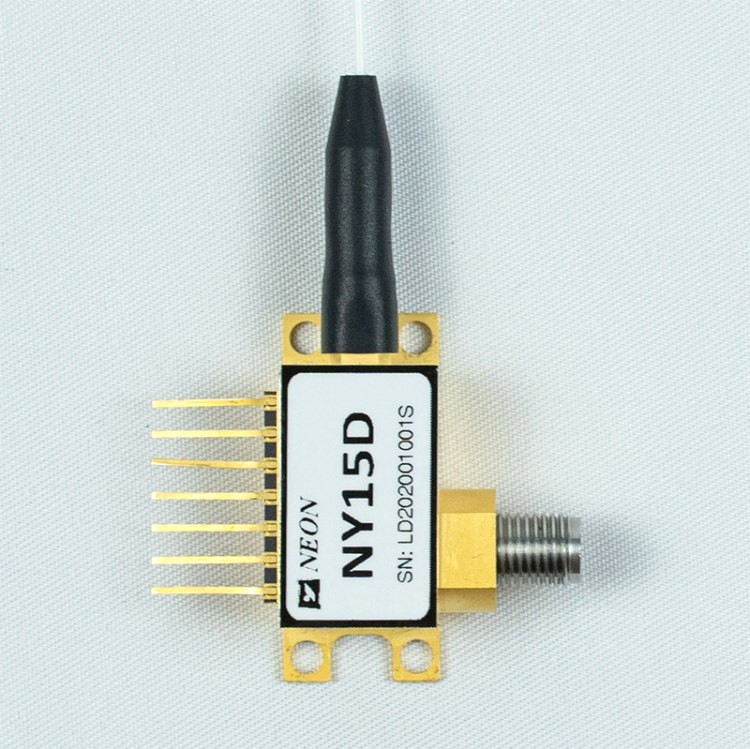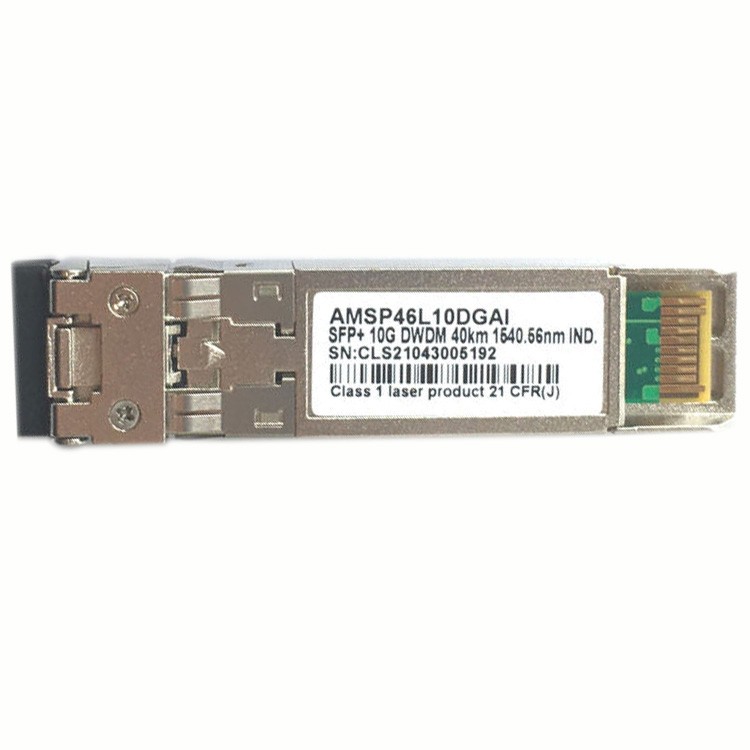Digital Optical Communication Module, Who is better, 100G? or 400G?
There are two main application areas of digital optical communication modules, one is the telecommunications market, such as the 5G field that is currently under construction, and the other is the data communication market, that is, data center information transmission.
It is worth noting that due to the increase in traffic and speed brought about by the 5G network, the requirements for the speed of optical modules have also increased accordingly. The wireless fronthaul part will be upgraded from 10G to 25G, the metropolitan area network will be upgraded from 10G and 40G to 100G, and the backbone network will be upgraded from 10G to 100G. 100G upgrade to 400G.
In addition, as the rise of cloud computing and edge computing drives the construction of ultra-large data centers and small data centers, and the leaf-spine network architecture of data centers increases the demand for horizontal connections, the demand for data communication optical modules increases year by year. And the data pass optical module will evolve from the mainstream solution of 100G to the mainstream solution of 400G.
Application Scenarios of Data Communication Optical Modules
In the data communication market, optical modules are mainly used in data centers, including three main scenarios:
The interconnection between switches in the data center and between servers and switches is currently mainly based on 10G and 25G optical modules and is gradually upgraded to 50G and 100G.
The interconnection of different computer rooms in the data center is currently dominated by 40G and 100G optical modules and is gradually upgraded to 400G.
The interconnection between multiple data centers is currently dominated by 40G and 100G optical modules and is gradually upgraded to 400G.
According to Cisco’s statistics, the internal communication of the data center accounts for more than 70% of the communication of the data center and occupies a large share of the data communication optical module market.

At present, the mainstream data communication high-speed optical modules in data centers are 100G speed. With the continuous maturity of industry chain technology, the next-generation 400G high-speed optical modules will lead the data communication market into a new cycle of upgrading.
For data center customers, the introduction of higher-speed optical modules can greatly save switch ports, thereby saving investment in cabinets and IDC equipment rooms. However, the technical difficulty of 400G optical modules is higher, the value is expected to be further improved, and the industry competition pattern is also expected to be optimized, which will promote the digital communication market to enter a new stage of development.
According to the forecast data of LightCounting quoted in the 800GMSA white paper, from 2020 to 2024, the market size of data communication optical modules will increase from about 2.4 billion US dollars to about 6.5 billion US dollars, with a compound annual growth rate of more than 25%, of which the demand for 400G optical modules will increase. The fastest is the main growth point of the digital optical module market in the next five years.
400G optical module: QSFP-DD package may become mainstream
400G optical modules have three package forms, namely QSFP-DD, OSFP, and CFP8. Different from traditional telecommunication access network transmission equipment, data center interconnection needs to achieve larger and denser transmission of information, requiring switching equipment to have higher speed, lower power consumption, and more miniaturization.
The solutions for 400G optical modules in data centers are currently the mainstream QSFP-DD and OSFP packages. QSFP-DD has a smaller size and is more suitable for data center applications, which is the mainstream development direction; OSFP has a slightly larger package size and higher power consumption, which is more suitable for telecom applications.
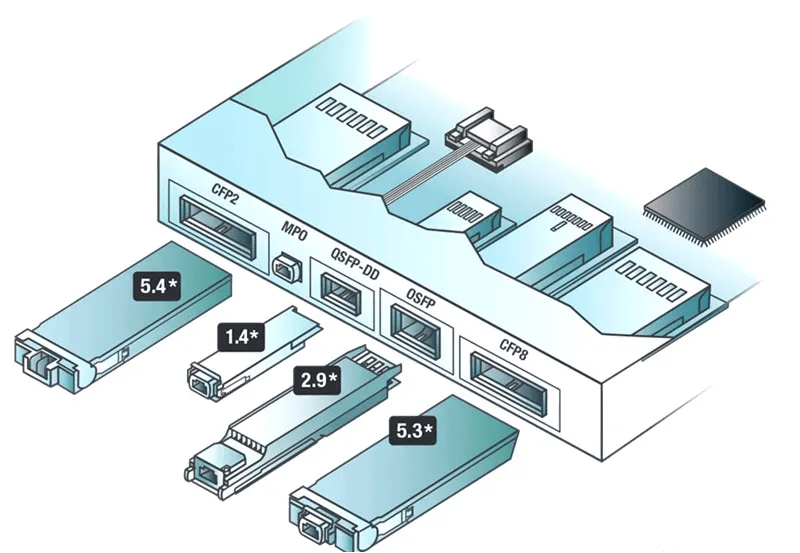
OSFP and QSFP-DD also provide 8 transmission channels on the electrical interface and support PAM4 signals (50Gb/s) with a baud rate of 25GBaud, so 8x50Gb/s=400Gb/s signal transmission can be achieved.
The last CFP8 package has the highest power consumption and the largest size among the three models. Its power consumption is up to 18w, and its size is twice that of the other two package forms. It is more suitable for telecom access networks and DWDM forwarding systems for long-distance transmission.
At present, the 100G optical modules used in large data centers have been released on a large scale. The traditional optical module technology is mature and stable, and the price is affordable. Silicon photonics modules have no advantages. In the upcoming 400G era, since the traditional VCSEL, EML, and DML signal modulation methods are approaching the bandwidth limit, it is an opportunity for silicon photonics technology.
Silicon photonics has significant technical and cost advantages in 400G modules. 400G optical modules require higher-speed PAM4 modulation for multiple optical channels. Silicon photonics technology highly integrates the modulator and can use a single light source to achieve modulation and transmission of 4-channel signals, which is more cost-effective.


